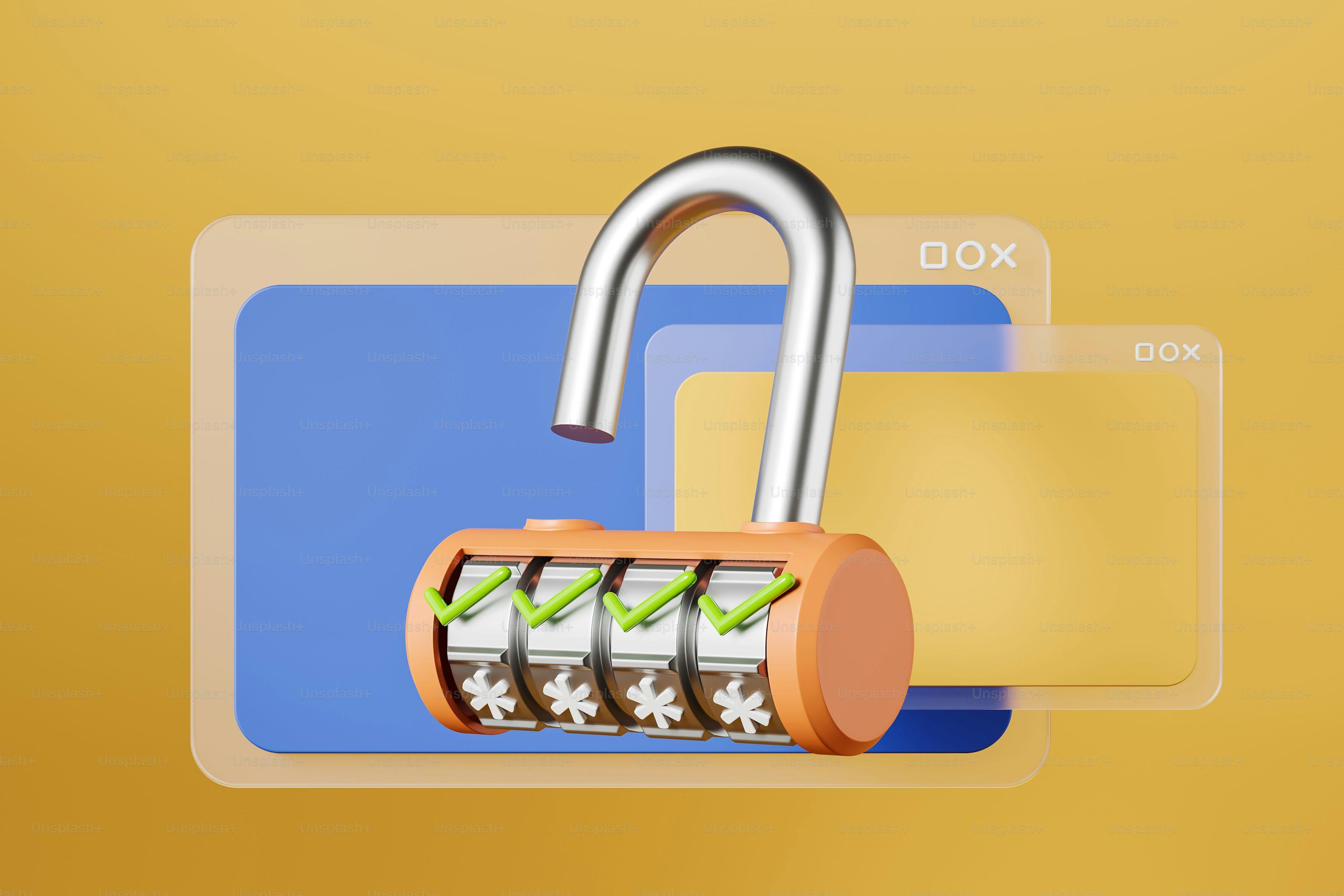Understanding Data Encryption
Data encryption is like the secret handshake of the digital world. It scrambles your data into an unreadable format until it reaches the intended recipient, who possesses the secret key to decode it. Imagine sending a postcard with a solid wax seal—only the person with the right key can peek inside. In today’s data-driven universe, encryption isn’t just an option; it’s a necessity. Here are a few key points about encryption:- Confidentiality: Protects sensitive information from unauthorized access.
- Integrity: Ensures that the data has not been tampered with during transmission.
- Authentication: Confirms the identity of the participants in the exchange.
As cyber threats grow in complexity, understanding encryption becomes not just a techie endeavor but a fundamental life skill.
The Pillars of Quality Assurance
Quality Assurance (QA) is akin to the quality control in a chocolate factory; it ensures that each piece meets the sweet expectations of its consumers. In tech, it acts as the safety net for software and system designs, preventing potential disasters before they hit production. Whether you’re coding a new app or deploying an embedded system, a robust QA strategy is essential. Consider these QA cornerstones:- Automated Testing: Speeds up the identification of bugs and reduces human error.
- Continuous Integration/Continuous Deployment (CI/CD): Streamlines updates while maintaining quality standards.
- User Feedback: Leveraging insights from actual users leads to improved functionality.
Incorporating QA not only enhances the product lifecycle but also cultivates a relationship of trust with users.
Diving into Serverless Computing
Picture this: a magnificent tower (that’s your application) supported not by a heavy foundation of servers, but by a cloud letting you roam free. Serverless computing has sparked a revolution in how developers build and deploy applications. Don’t be fooled by the name; it doesn't mean there are no servers involved. Instead, it allows developers to focus on writing code without the overhead of managing infrastructures. Here are some perks of serverless computing:- Cost Efficiency: Pay only for what you use—like ordering à la carte.
- Scalability: Automatically scales up or down to handle varying loads.
- Speed: Faster deployment times lead to quicker time-to-market.
When combined with microservices architecture, serverless computing can liberate organizations from the shackles of extensive server management.
The Ever-Evolving Landscape of Web Development
In the dynamic realm of web development, change is the only constant. As users demand more interactive and engaging experiences, developers continuously adapt to new technologies and frameworks. From React to Angular, the choices can sometimes feel like a buffet—delicious but overwhelming. Here’s what’s trending:- Progressive Web Apps (PWAs): These blend the best of web and mobile apps—think of chocolate chip cookies that are both crunchy and gooey.
- Single Page Applications (SPAs): Reduce load times by fetching data without refreshing the page; it’s akin to a magician pulling a rabbit out of a hat.
- Responsive Design: Ensures websites look great across all devices, because who doesn’t want their site looking stellar on a smartphone?
As the web matures, developers must craft experiences that are not just functional but de...






